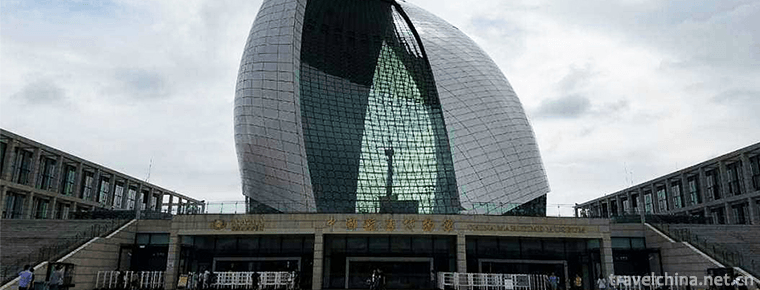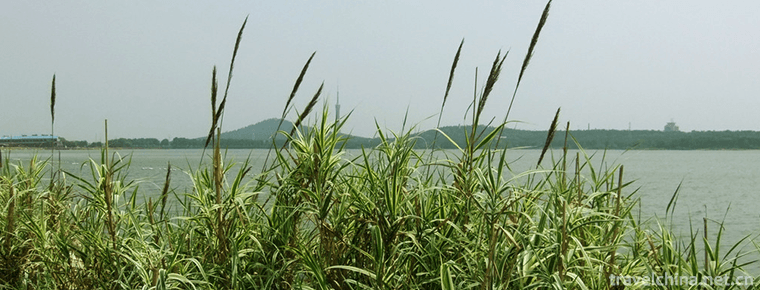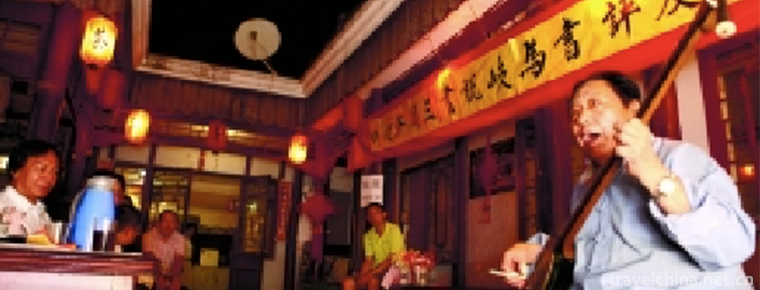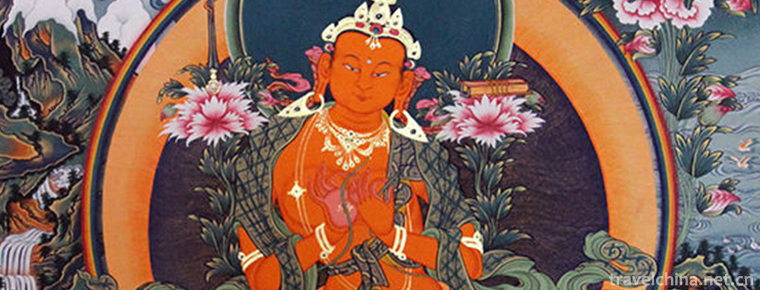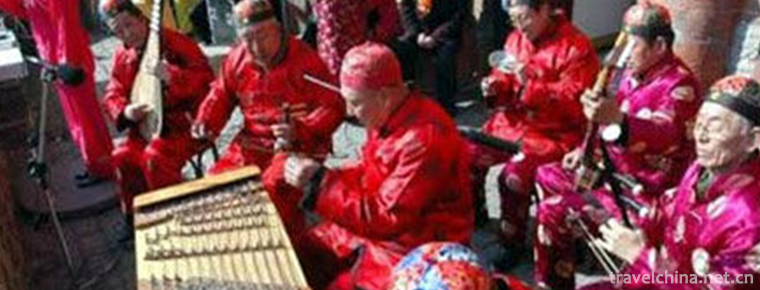Performing and Making Skills of Qiang Flute
Performing and Making Skills of Qiang Flute
Qiang flute is an ancient single-reed gas singing instrument in China. It has a history of more than 2000 years. It is popular in the Qiang people's residence of Aba Tibetan Autonomous Prefecture in northern Sichuan. Qiang flute has two pipes with several holes (five holes in the past and six holes in the present). It is made of bamboo oil grown on the local mountains. The bamboo knots are long and the pipes are thin. The two pipes are twined and connected side by side with wires. Lifetime full length 13-19 cm, pipe mouth diameter about 2 cm, flute tube upper end with 4 cm long bamboo blowing mouth. The front of the blowing nozzle is flattened with a knife, and at the upper end about 3 centimeters, a thin sheet is cut with a knife as a reed. It is mainly used for Solo performance, with more than ten ancient music cards. The content of the music is quite extensive, mainly to convey the yearning of the Qiang people.
The Qiang flute is played vertically with two pipes of the same pitch, clear and loud tone, and with a sense of sadness, "Why does the Qiang flute complain about willows, the spring breeze does not pass through the Yumen Pass" is the best portrayal of its expressive force, so it is most suitable for solo, but also for singing and dancing accompaniment.
On May 20, 2006, the performance and production skills of Qiang flute were approved by the State Council and listed in the first batch of national intangible cultural heritage list.
historical origin
Qiang flute and flute are very different, they are two different concepts. In Ma Rong's Flute Fu of the Han Dynasty, "In modern times, double flutes began in Qiang Dynasty, and Qiang people cut bamboo before they could reach it. Dragon chants disappeared in the water, and the sound of cutting bamboo and blowing was similar... Therefore, it can be seen that the Qiang flute was already spread in Gansu, Sichuan and other places in the Han Dynasty, and it can be inferred that the Qiang flute at that time was a double-tube four-hole flute. In Tang Dynasty, Qiang Di was a common musical instrument on the frontier fortress. It is worth mentioning that Qiang Di did not appear in the "ten pieces of music" of Tang Dynasty. It can be seen that Qiang Di in Tang Dynasty was only a musical instrument seen in the frontier fortress, not formally entered the court or army of Tang Dynasty, but a self-entertaining musical instrument used by ethnic minorities or soldiers in the army.
The records of Qiang flute are often found in the poems of literati in Tang, Song, Yuan and Ming dynasties. In Maowen Qiang Autonomous County and Heishui County of Sichuan Province, we can still see this kind of musical instrument with Tang and Song Dynasty relics. They are made of two oil bamboos of the same length. The tubes are cut into square columns and tied together. At the top of each tube, there is a blowing tube with bamboo reeds, vertical blowing. The specifications are 17 cm and 19 cm. The tone is high and slightly sad. Sensation is the main musical instrument that people often use during the festival and the festival. It's also a way for a young man to express his love to a girl.
The Qiang flute in Chibusu and Shaba areas was brought from the western region by the Qiang people who moved south during the war years of Qin and Han Dynasties. According to historical records, there were four holes on the surface of the Qiang flute before the Western Han Dynasty. In the 1st century AD, it was made into five holes by the musician Jingfang plus a treble press hole. Ma Rong in the Eastern Han Dynasty had a description of "double flutes from Qiang in modern times" in Flute Fu. In modern times, the Qiang flute has become six holes. It can be inferred that the Qiang flute has existed for at least two thousand years.
artistic characteristics
The voice of the Qiang flute often gives people an illusory and moving feeling. The Qiang people often use it to express their feelings of joy, anger, sadness, joy and separation.
The Qiang flute is played mainly by the method of breathing through the gills. It can be played for several minutes in one breath. Even if it is a simple tune, its technical requirements are very high. In addition, the Qiang flute also has the skills of throat tremolo and finger up-down glide in playing. In addition, the tone of the two-pipe system is different in rhythm and Oboe resonance, so its quality and melody are unique.
In making Qiang flute, arrow bamboo with straight pole, cylinder and section length, uniform head and tail, thick and thin bamboo flesh, tough texture, fine fibers, and not easy to crack is usually used as material. The pitch of the tube must be accurate and equal according to the length, thickness and size of the tube. Otherwise, the pitch of the hole must be different.
Representative works
The repertoires often played are "Folding Liu Ci", "Ideological Song", "Sharon Song" and so on.
Inheritance significance
Because the Qiang people have no written language, their history and culture are not only imparted orally from generation to generation, but also become an important channel for communication and inheritance of national culture. The Qiang flute's melody, timbre and playing skills are unique and rare treasures in the treasure house of our national musical instruments.
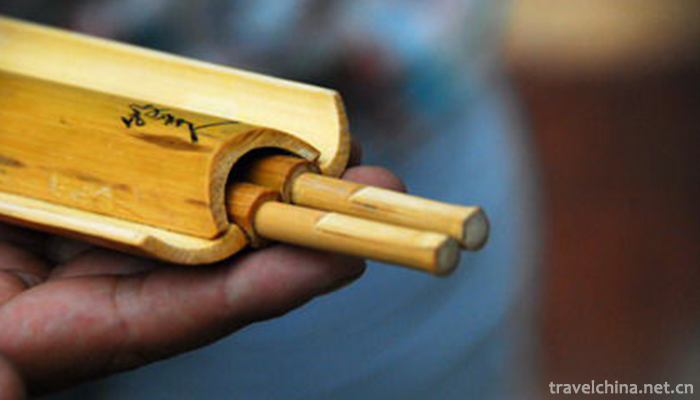
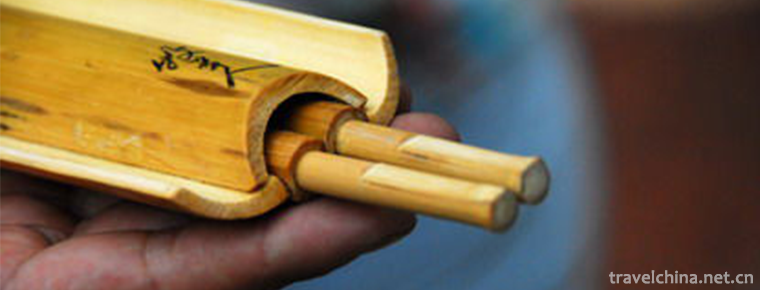
Performing and Making Skills of Qiang Flute
-
Guangzhou Changlong Tourist Resort
Views: 143 Time 2018-12-12 -
China Maritime Museum
China Navigation Museum, fully known as "Shanghai China Navigation Museum", is the first national navigational Museum approved by the State Council. It is co-constructed by the Ministry of T
Views: 150 Time 2018-12-22 -
Chaohu Lake Scenic Area
Located in the middle of Anhui Province, Chaohu Lake is located in Hefei, Lianhuai Tongjiang River, 55 kilometers east-west, 22 kilometers South-North wide. Its perennial water area is about 760 squar
Views: 220 Time 2019-01-05 -
Longzi Lake Scenic Area
Longzihu Scenic Area, located in Longzihu District of Bengbu City, Anhui Province, is a national AAAA-level tourist attraction, a national ecological demonstration area and a provincial-level scenic s
Views: 173 Time 2019-02-06 -
Beijing storytelling
Beijing Book Review is a traditional art of rap and singing. Legend has it that Liu Jingting (1587-1668), a Southern Jiangnan storyteller, came to Beijing in the late Ming and early Qing Dynasties
Views: 467 Time 2019-04-04 -
Cloth paste painting
Teng Teng is the founder of Teng's cloth paste painting. He was born in Fengning Manchu Autonomous County, Hebei Province in 1932. He is the director of Teng's cloth paste painting
Views: 164 Time 2019-04-04 -
Tibetan astronomical calendar
Tibetan astronomical calendar is the study of Tibetan people living on the Qinghai-Tibet Plateau for generations. Under the special natural geographical and climatic conditions of the plateau
Views: 148 Time 2019-04-15 -
Nazikum
Nazikum is a folk dance performance that combines instrumental performance, competitive performance, mime performance and rap. The unique squatting dance is the leading style in Uygur folk songs and d
Views: 160 Time 2019-06-07 -
Yulin Xiaoqu
The lyrics of Yulin Xiaoqu are integrated with elegance and vulgarity. In terms of language style and structure, there are not only words used by ordinary scholars, but also local dialects and dialect
Views: 178 Time 2019-07-14 -
Sichuan University
Sichuan University is a national key university directly under the Ministry of Education, and a high-level research-oriented comprehensive university with national layout and key construction in Weste
Views: 120 Time 2019-08-30 -
Xichang College
Xichang College is located in Liangshan Yi Autonomous Prefecture, Sichuan Province, which is the largest Yi inhabited area in the country "spanning thousands of years step by step". It is a
Views: 164 Time 2019-08-31 -
Neijiang tertiary industry
In 2019, the investment in real estate development in Neijiang City will increase by 2.7% over the previous year. The construction area of commercial housing was 12.4341 million square meters, an increase of 8.9%. The sales area of commercial housing was 4.6939 million square meters, an increase of 8.0%.
Views: 327 Time 2020-12-16

